
BMW M1
The BMW M1 super sports car was presented to the public for the first time at the Paris Motor Show in autumn 1978. It was developed as the first product of BMW Motorsport GmbH, founded in 1972, in cooperation with Italian partners such as Guigiaro. The road versions of the M1 generating 277 hp at the time ranked among the fastest sports cars in the world. Just 399 units of the exceptionally athletic sports car were produced and it sounded the starting pistol for the success story of BMW M cars which has continued unabated to the present day.
General Data
Model Year……………………………1978 – 1981
No. of Units…………………………..399 (Production cars)
Price……………………………………DM 100,000
Technical Data
Type of Engine……………………….Six-cylinder in-line engine
capacity in ccm………………………3453
Power Output…………………………204 kW/277 bhp at 6500 rpm
Max. Speed…………………………….262 km/h (163 mph)
Dimensions……………………………4360x1824x1140
Empty Weight (kg)………………….1440
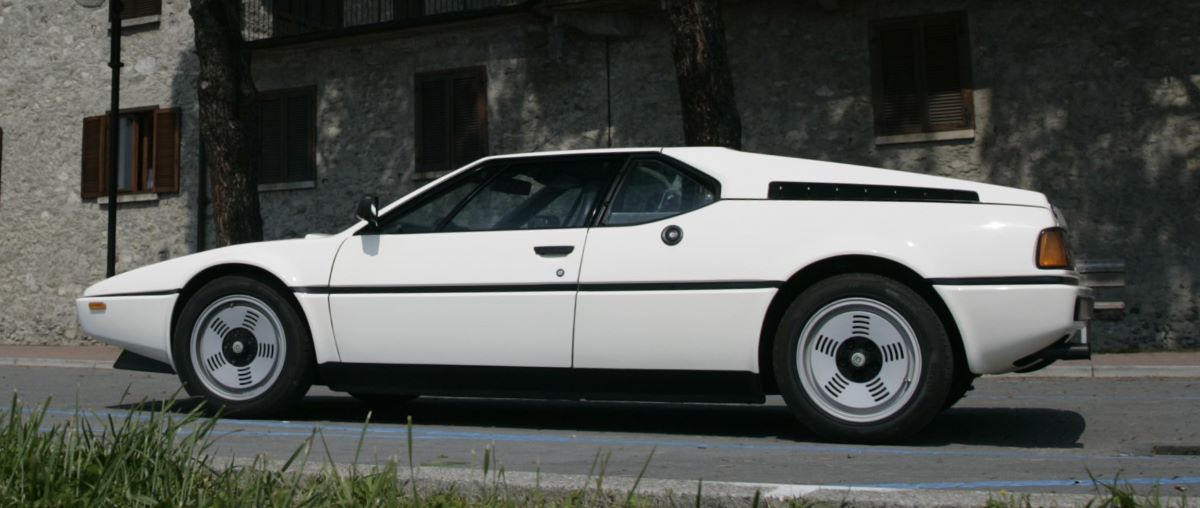

The big sensation in the world of sports cars in 1978: The BMW M1.
The next project to come along was geared towards producing Motorsport GmbH’s first competition car not based on a regular production model: the BMW M1. While BMW built the technical components, Lamborghini was supposed to supply the body and the chassis. However, financial problems at Lamborghini resulted in significant delays. Ultimately, a new production chain had to be found and the manufacture of the BMW M1 turned into something of a patchwork puzzle. The spaceframe was manufactured at Marchesi, the glass-fibre reinforced plastic bodyshell was produced at T.I.R., both companies were based in Modena. Giorgio Giugiaro’s company ItalDesign assembled them and provided the interiors fittings. The cars were then transported to Stuttgart where Baur installed all the mechanical assemblies.
Jochen Neerpasch, the Managing Director of Motorsport GmbH, joined forces with Bernie Ecclestone and Max Mosley to create the ProCar Series as the opening race leading into most European Formula 1 Grand Prix during the 1979/80 season.
Since the minimum production requirement for homologation in FIA Group 4 was 400 units, the ultra-low mid-engined M1 measuring a mere 1.14 metres in height also came as a road-going model. The first car with the famous letter “M” made its debut in the market. The price of the 277 hp M1 back in 1978 was exactly DM 100,000, but demand exceeded supply by far. When 130 cars had been completed after one year, there were still more than 300 firm orders waiting to be fulfilled. Right from the start the M1 was the fastest road-going sports car built in Germany, as timed by a leading car journal: In a test conducted in 1979, the M1 reached a top speed of 264.7 km/h or 164.1 mph. “You only have to shift up from fourth to fifth at 213 km/h or 132 mph, and then keep on accelerating all-out up to the top speed of the car,” according to the testers. Lots of customers appreciated this, as did the subsequent Formula 1 World Champion Alan Jones.
Even this was very little compared with the racing version: Developing 470 hp, the ProCar racing version had a top speed well over 300 km/h or 190 mph. And it was in one of these cars that Niki Lauda, already two-time winner of the Formula 1 World Championship, made his big appearance in 1979, winning three out of 8 M1 ProCar races and finishing second on another occasion. In the USA the Red Lobster Team Ml’s quickly became genuine cult cars wiping out the competition in the IMSA GTO Class.
Motivated by the outstanding success of the M1 and its great image, Motorsport GmbH decided to build another model: Proceeding from the regular 5 Series, the engineers developed and built the M535i in 1980, carrying over the two-valve six-cylinder from the 635CSi. With engine output of 218 hp, this 5 Series quickly became the king of the fast lane.


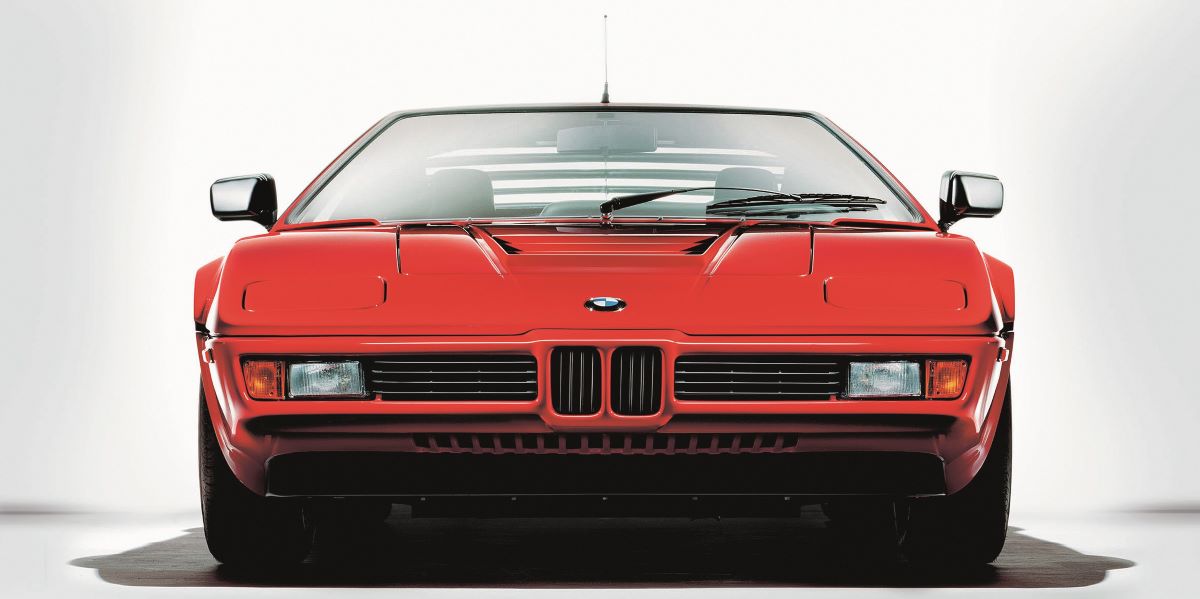
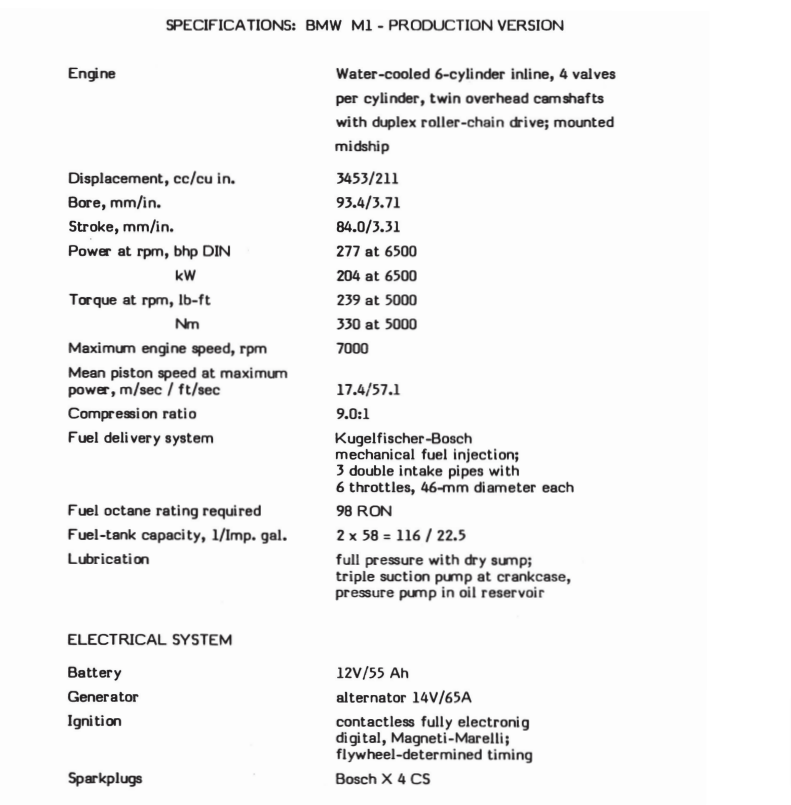
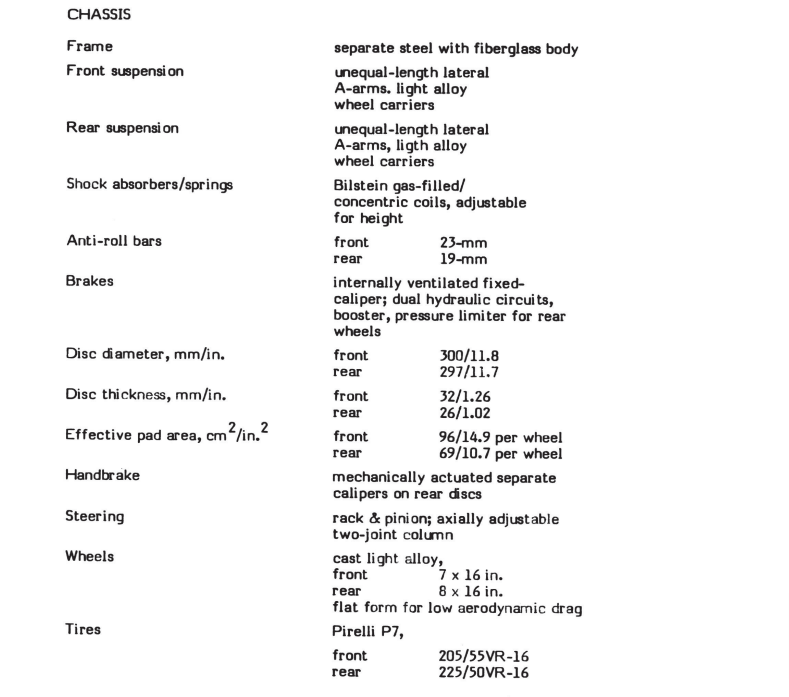

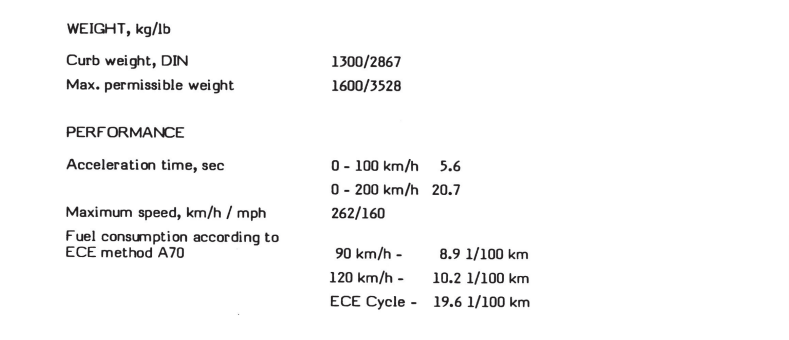

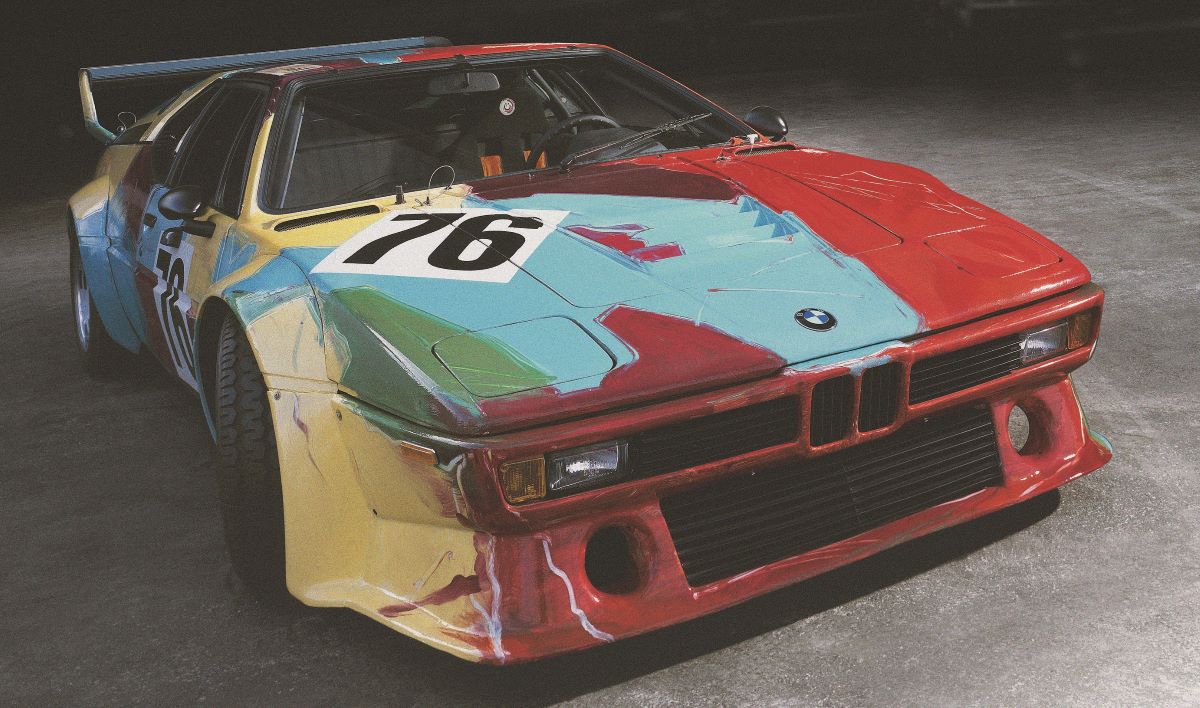

BMW Debuts Burlesque Style Photos at Paris Photo LA.
At the inaugural fair of Paris Photo at LA’s Paramount Pictures Studios, BMW is proud to present the M1 BMW Art Car by Andy Warhol, created by the pop artist in 1979, as well as rare making of footage of this work. Originally raced in Le Mans, Warhol in his own words meant to “give a vivid depiction of speed. If a car is really fast, all contours and colors will become blurred.”
Since 1975, prominent artists from throughout the world have designed BMW automobiles of their times, all making extremely different artistic statements. The seventeen exhibits created for the Art Car Collection until now include works by well-known artists such as Frank Stella, Roy Lichtenstein, Robert Rauschenberg, David Hockney, Jenny Holzer, Olafur Eliasson and Jeff Koons. The Art Cars reflect the cultural and historical development of art, design, and technology and have been presented by major museums around the world, including the Guggenheim and the Louvre.
BMW will also present a mini series of Burlesque Style Photos with the 6 Series Gran Coupe by internationally renowned German photographer Uwe Düttmann. Four photos showcasing the 650i Gran Coupe in a retro setting celebrate film noir as well as the extraordinary sensuality of the best of burlesque vis-à-vis the high-tech design of one of the most advanced automobiles of our time.
Two years ago at a Hollywood studio and a private movie set outside of Los Angeles, BMW realized its idea of showcasing the 650i Gran Coupé in this unique manner. As befits the character of the shoot, 15 different photographs inside and outside the Gran Coupé present the two models acting out signature burlesque poses. The pictures will be presented within an environment paying tribute to their origins. Returning back home to LA, they are exhibited at the fair for the very first time.
“BMW is pleased to be involved in the inaugural Paris Photo LA,” said Ludwig Willisch, President and CEO, BMW of North America. “We are particularly looking forward to bringing out Andy Warhol art car and debuting our new photos.”
BMW and Paris Photo celebrate the tenth anniversary of their partnership. As it has in Paris, BMW will provide VIP shuttle service during Paris Photo Los Angeles. For many years, the BMW Group has worked together with great photographers from Bettina Rheims and Bryan Adams to Karl Lagerfeld. The company has been involved in the arts for over four decades with hundreds of initiatives worldwide. In 2005, at the opening of Zaha Hadid’s BMW Leipzig plant, BMW donated its unique collection of commissioned photographs by Thomas Demand, Wolfgang Tillmans, Rineke Dijkstra, Candida Höfer and Thomas Struth, among others, to the Leipzig Museum of Fine Arts. When it comes to promoting young outstanding photographers, among many other international cooperations, BMW has been active in providing scholarships for international artists in Germany as well as France, where residences have been set up at the Musée Nicéphore Niépce. In addition, BMW for many years has been engaged with Les Recontres Arles, the acclaimed summer photography festival. As a long-term partner of Art Basel, Art Basel Hong Kong, Art Basel Miami Beach, Frieze London and New York as well as Tefaf Maastricht an many other fairs worldwide, BMW has taken in active part of furthering the visibility and innovative spirit of photography as an established form of artistic expression. Whenever possible, the company has complied with artist’s request to allow for photo shootings at our plants around the world. In 2014, the overall yearly theme of the BMW Museum will be “Photography.”
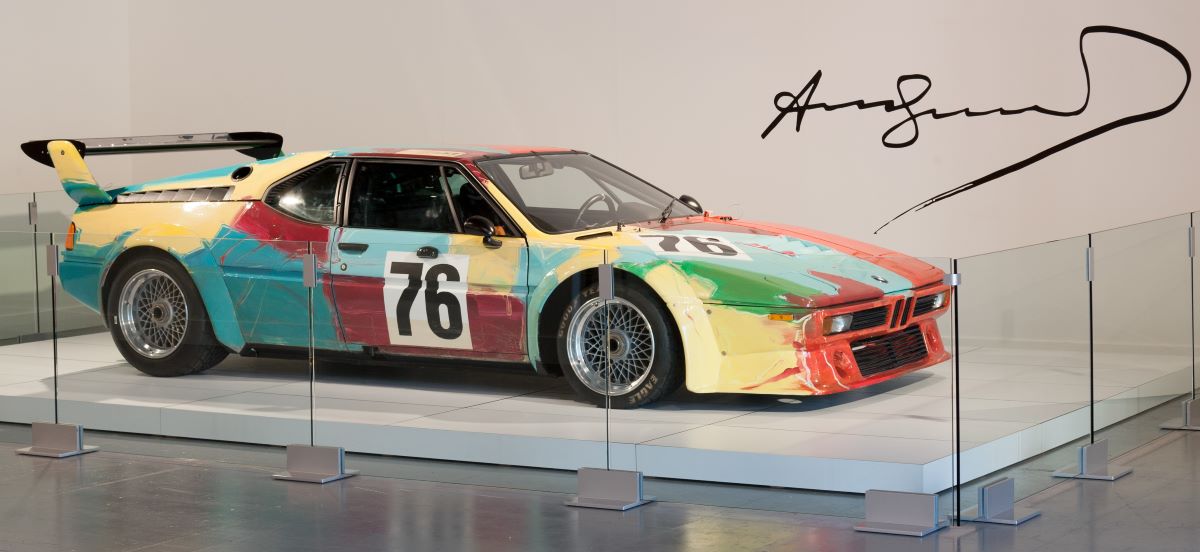

You must be logged in to post a comment.